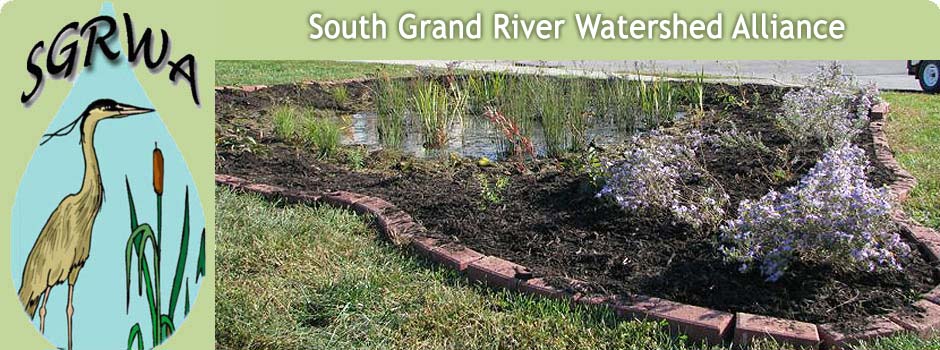By watching how water from the melting snow and early spring rains drains through your yard, you will be able to choose an ideal spot to construct a rain garden this spring. Since one of the purposes of a rain garden is to reduce stormwater runoff, a desirable location is one with a gentle slope but not where water already pools. Rain gardens help slow and infiltrate runoff. Places where water already pools indicate that the water is slow to infiltrate in that area. A rain garden could be placed so water from a downspout is directed to it. Be sure, though, that it is at least ten feet from the foundation. Your garden will need to receive full to partial sun. An area near a patio could help infiltrate runoff from that surface while providing opportunities to enjoy the rain garden flowers and plants as well as the birds and butterflies they attract.
After choosing the site and determining the design and size appropriate for your yard, the next step is digging and leveling the garden area. Rain gardens are usually from four to eight inches deep. Soil from the excavation can be used for a berm on the downhill side. After the garden is prepared, it is time for the plants. There are many beautiful native plants to choose from for your rain garden. A diversity of native forbs (flowering plants), sedges and grasses will provide beauty, interest and habitat while contributing to better water quality. Rain gardens allow for the absorption of 30% more water than a typical lawn of comparable size—they can have a significant impact on stormwater management.
More detailed information about rain gardens, the directions to build them, and native plant sources can be found at www.sgrwa.org.
